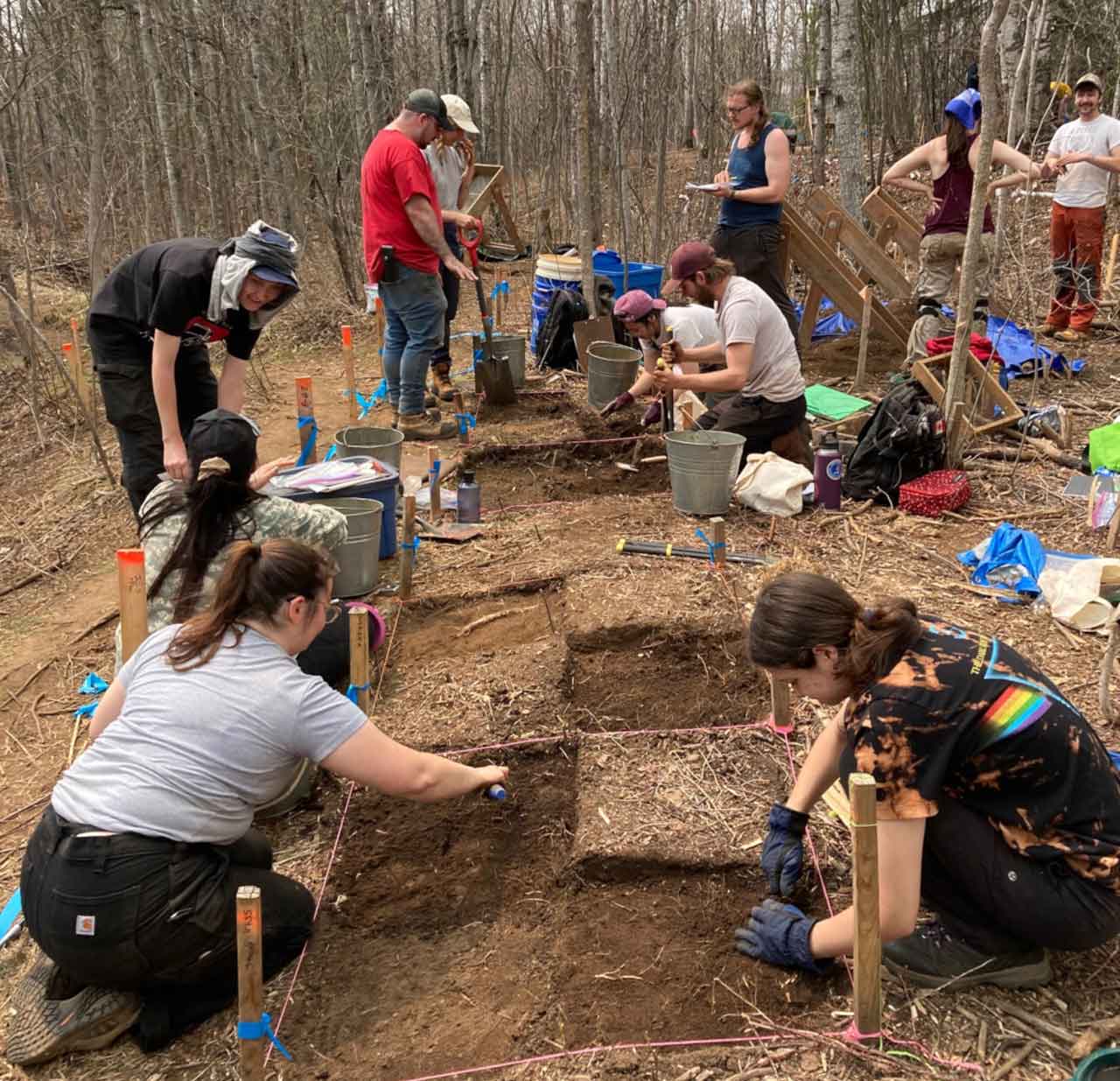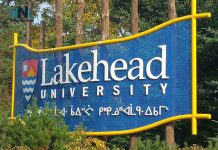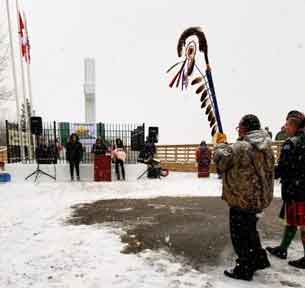THUNDER BAY – Anthropology faculty and students from Lakehead University are collaborating with Indigenous and Métis community representatives to unearth archaeological sites situated alongside the McIntyre River, located within the university’s Thunder Bay campus.
The digs are happening in the historic territory of the Fort William First Nation, who have given their consent to the project on their ancestral lands. These sites provide a glimpse into daily life from almost 4,000 years ago when the Lake Superior shoreline stood considerably higher than it does currently.

Chair of Lakehead University’s Anthropology Department, Dr. Matthew Boyd, said, “We are discovering proof of people quarrying and using local stone (taconite) to create tools.” He continued, “We estimate that this activity took place around 4,000 years ago when the Lake Superior shore was elevated, covering a large part of the present city. Stone tools were essential for survival, aiding in hunting, preparing hide clothing and shelter, and other vital tasks.”
The unique educational opportunity is a cooperative effort involving the Department of Anthropology, the Niijii Indigenous Mentorship Program, Woodland Heritage Northwest, the Ontario Archaeological Society, and Parks Canada. This initiative will provide essential training in rudimentary archaeological field techniques like mapping, site surveying, excavation, and identifying material culture.
Moreover, an Indigenous Archaeological Technician training program, newly formulated by Woodland Heritage Northwest and the Ontario Archaeological Society for the Waasigan Transmission Line project, will be conducted from May 15-19.
Lakehead University extends an invitation to its community members and the general public to observe the ongoing archaeological work until Friday, May 19.




